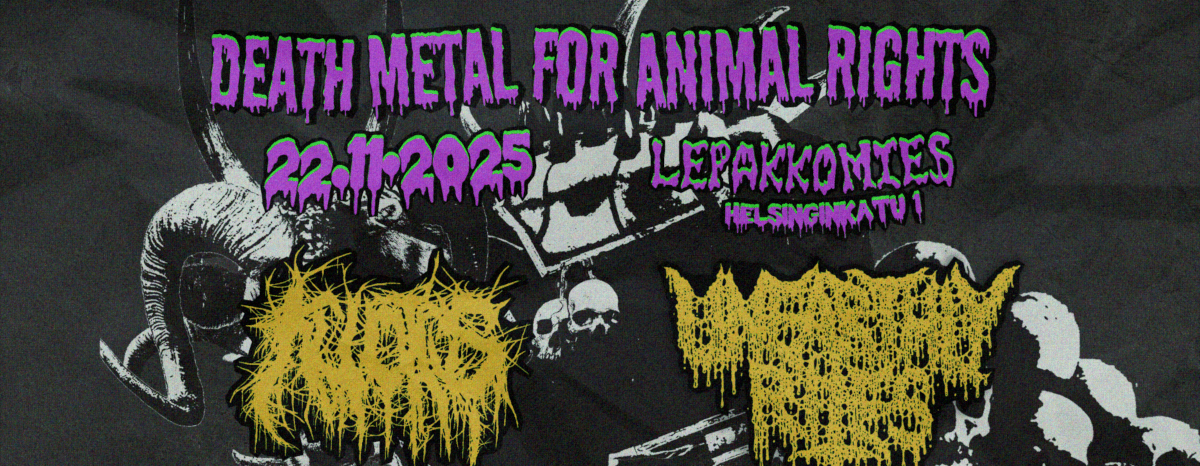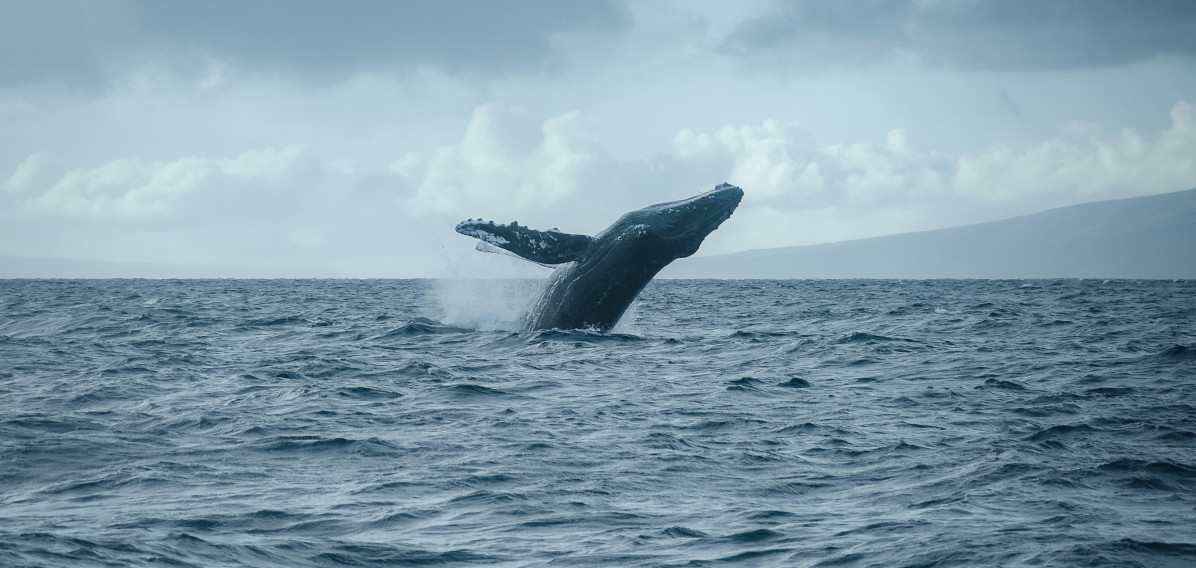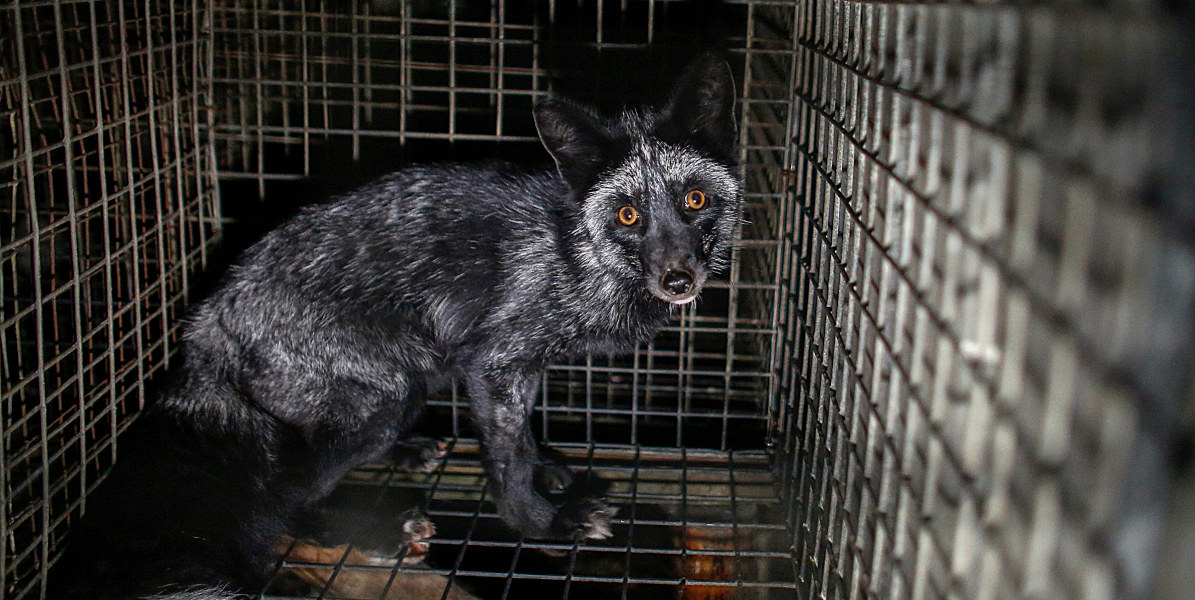In 2018, there were 79 million animals slaughtered in Finland and 70 billion worldwide. We know very well that abusive and unecological mass production is not sustainable. In the spring of 2018, a slaughterhouse opened its doors for a photographer.
Photographer Emmi Kähkönen documented a normal afternoon in a Finnish slaughterhouse.

Quite many
As I am driving toward the slaughterhouse, I am thinking that 79 million is quite many.
I am on my way to photograph the activities of a Finnish slaughterhouse. I have lived with animals my whole life and I have seen them die. I am not sensitive towards blood and innards, yet I am so nervous that I keep thinking if this was even a good idea.
I stop my car at the slaughterhouse parking lot. The air smells like sheep, blood, and burning meat. In the front yard is a thousand-liter tank filled with brains. The brains float in the tank stained with tissue, fluid, and blood.
From the side door, I walk into the office where they gave me overalls and instructions. I put on my protective suit in the locker room which has bloody footprints on the floor. The suit protects me from splashes of blood, and the slaughterhouse from dirt.
I am worried that I will faint and cover myself in the blood.

The door from the dressing room to the slaughter area opens. A horrible smell runs through my nose and makes my eyes water. The odor sticks to my clothes and stays in my nostrils. My memory of the scent of sheep is now mixed with death. In front of my eyes, I see a huge hall full of red.

Sludge, swirl, trails, splash. Broken legs, innards, heads. Lambs without heads hanging upside down.
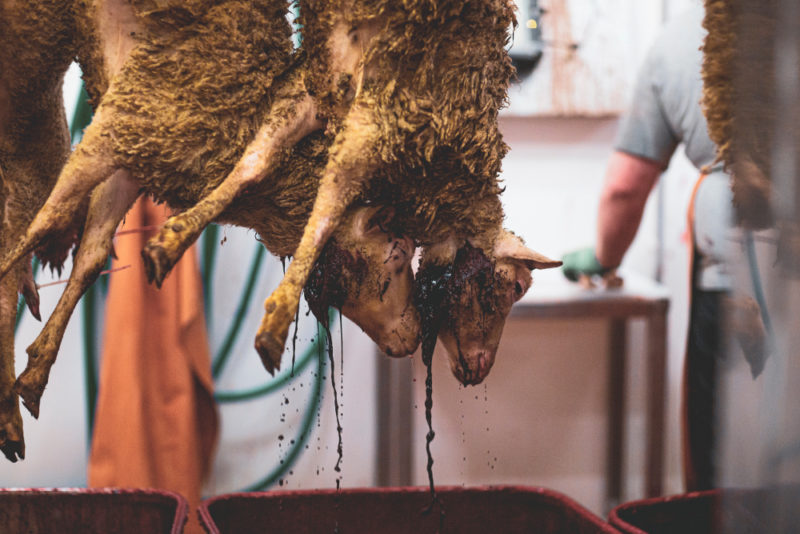
All of that life
All of the life I respect runs down the drain. It splashes onto a butcher’s apron and destroys the memory of the scent of a lamb pen I visited in the past. The smell of death is terrifying.
It remains deep within my lungs. The situation is so absurd that it makes me laugh.

Sheep are small animals, but great force must be used to kill them. One sheep head after another is dropped into a bucket. Blood drains from the throat and splashes onto the butcher’s apron. The eyes of the heads in the bucket are open. They stare with a strange expression on their face.

The carcass rotates around the line. Next door, the butcher cuts its feet and throws them into a bucket one meter away. Next to me is a piece of a foot on the floor. It has flown past the bucket.

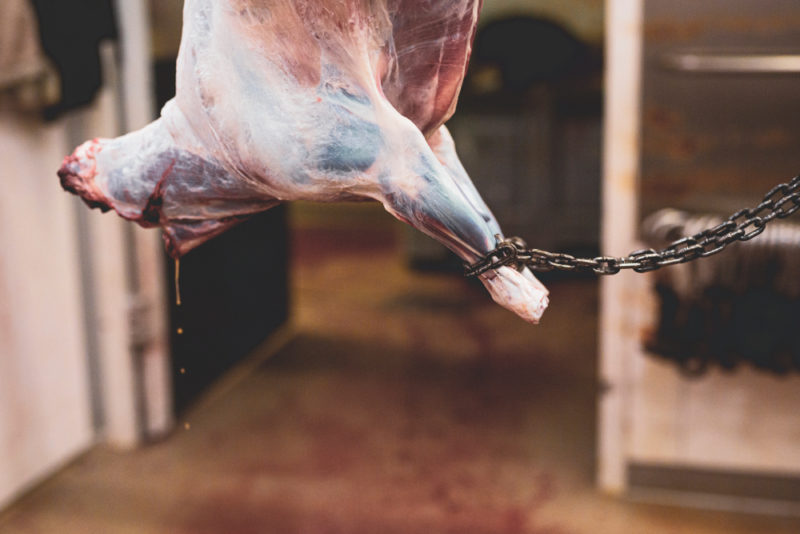
Everywhere there is blood, fluids, and concrete floor. The line moves so fast that the carcasses hit against the wall and leave behind a dark red spot.




